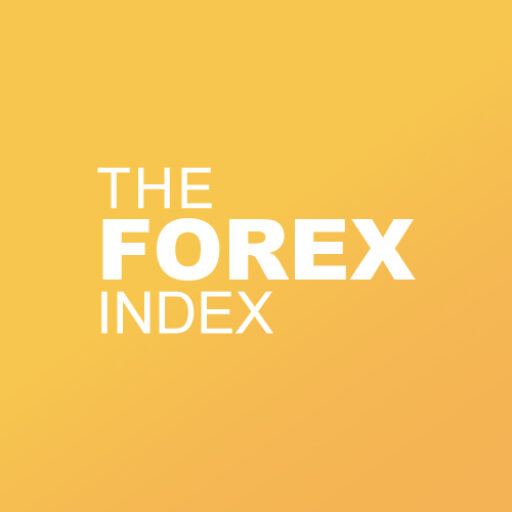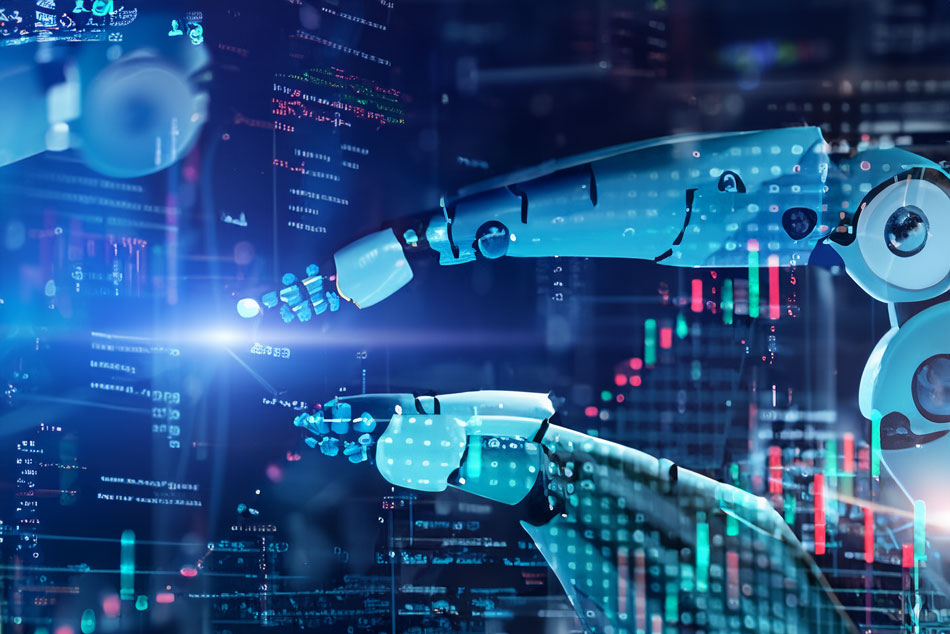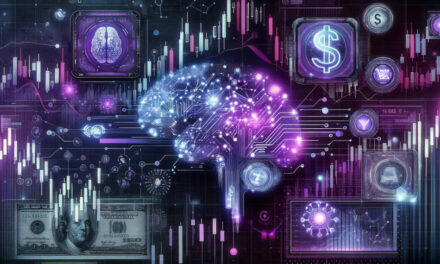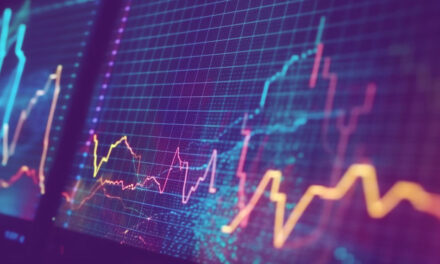In today’s rapidly changing world, technology continues to revolutionize every aspect of our lives. From healthcare to transportation, innovation has become synonymous with progress. One area where technology has made a significant impact is the foreign exchange market, commonly known as forex. With the rise of artificial intelligence (AI), forex trading is no longer confined to the limits of human capabilities. In this article, we will explore how AI is shaping the future of forex and revolutionizing the way we trade currencies.
Understanding the Basics of Forex Trading
Before delving into the world of AI and its impact on forex, let’s first grasp the fundamentals of forex trading. Forex, short for foreign exchange, is the global marketplace for buying and selling currencies. It plays a vital role in the global economy, facilitating international trade and investment. As individuals, businesses, and governments engage in international transactions, the need to exchange currencies arises. This is where forex trading comes into play, enabling participants to profit from fluctuations in exchange rates.
Forex trading is not just about buying and selling currencies; it involves analyzing economic indicators, studying market trends, and making informed decisions. Traders use various tools and strategies to navigate the complex forex market and aim for profitable trades. These tools include technical analysis, which involves studying price charts and patterns, and fundamental analysis, which focuses on economic and political factors that can affect currency values.
The Role of Forex in the Global Economy
Forex markets are the largest financial markets in the world, with trillions of dollars traded daily. The exchange rates between currencies are influenced by various economic and geopolitical factors, such as interest rates, inflation, political stability, and market sentiment. As a result, forex trading has a significant impact on global economic stability and can influence the value of currencies.
For example, when a country’s economy is performing well, its currency tends to strengthen, making it more valuable compared to other currencies. This can attract foreign investors, leading to increased capital inflows and stimulating economic growth. On the other hand, if a country is facing economic challenges or political instability, its currency may weaken, making it less attractive for investors.
Furthermore, forex trading is not limited to individual traders. Central banks, multinational corporations, and institutional investors also participate in the forex market to manage their foreign exchange exposure and hedge against currency risks. Their actions can have a significant impact on exchange rates and market dynamics.
Key Concepts in Forex Trading
Successful forex trading requires understanding key concepts. These concepts include currency pairs, leverage, margin, and pips. Currency pairs represent the exchange rate between two currencies, such as EUR/USD. Each currency pair has a base currency and a quote currency, and the exchange rate indicates how much of the quote currency is needed to buy one unit of the base currency.
Leverage allows traders to control larger positions with a smaller initial investment, amplifying potential profits but also increasing risk. For example, with a leverage ratio of 1:100, a trader can control a position worth $100,000 with a $1,000 investment. While leverage can magnify gains, it can also lead to substantial losses if the market moves against the trader’s position.
Margin refers to the collateral required to open and maintain positions. Forex brokers typically require traders to deposit a certain percentage of the total position value as margin. This serves as a safeguard against potential losses and ensures that traders have sufficient funds to cover their positions. It is important for traders to manage their margin levels carefully to avoid margin calls, which occur when the account equity falls below the required margin level.
Pips, short for “percentage in point,” measure the smallest incremental movement in exchange rates. Most currency pairs are quoted with four or five decimal places, and a pip represents the fourth or fifth decimal place. For example, if the EUR/USD exchange rate moves from 1.2500 to 1.2501, it has moved one pip. Pips are important because they determine the profit or loss on a trade, with each pip representing a certain monetary value depending on the position size.
Understanding these key concepts is essential for forex traders to make informed decisions and manage their risk effectively. By staying updated on market developments, analyzing trends, and using appropriate risk management strategies, traders can increase their chances of success in the dynamic world of forex trading.
The Evolution of Artificial Intelligence
In recent years, AI has emerged as a game-changer in various industries, and forex trading is no exception. Artificial intelligence refers to the development of computer systems capable of performing tasks that typically require human intelligence. The field has witnessed remarkable advancements, allowing machines to learn from data, make decisions, and improve their performance over time.
Defining Artificial Intelligence
AI can be broadly classified into two categories: narrow AI and general AI. Narrow AI, also known as weak AI, is designed to perform specific tasks, such as recognizing patterns in data or playing chess. On the other hand, general AI aims to replicate human-level intelligence across a wide range of tasks and domains. While general AI remains a distant goal, narrow AI has already proven to be transformative in various industries, including finance.
The Growth and Development of AI
Advancements in computing power, big data, and machine learning algorithms have fueled the growth of AI. Machine learning, a subset of AI, enables algorithms to learn patterns from data and make predictions or take actions based on that knowledge. As more data becomes available and computational resources improve, machine learning algorithms become increasingly accurate and efficient.
The Intersection of AI and Forex
AI and forex share a symbiotic relationship, with AI revolutionizing the way forex trading is conducted. From automated trading algorithms to sophisticated prediction models, AI has transformed the landscape of forex trading, offering new possibilities and opportunities for traders.
The Impact of AI on Forex Trading
One of the primary impacts of AI on forex trading is the ability to process vast amounts of data and identify patterns that may influence exchange rates. AI algorithms can analyze fundamental and technical indicators, news articles, social media sentiments, and other relevant data sources to make informed trading decisions. This enables traders to react faster and more accurately to market conditions, potentially gaining an edge in a highly competitive market.
AI-Driven Forex Trading Strategies
AI has also given rise to automated trading systems that execute trades based on predefined rules and algorithms. These systems can monitor multiple currency pairs simultaneously, continuously analyzing market conditions and executing trades without human intervention. By removing emotional biases and executing trades based on data-driven models, AI-driven forex trading strategies aim to improve consistency and profitability.
The Advantages of AI in Forex Trading
The integration of AI in forex trading offers numerous advantages that go beyond the capabilities of human traders. These advantages contribute to increased accuracy, efficiency, risk management, and better decision-making.
Increased Accuracy and Efficiency
AI algorithms can process vast amounts of data in a fraction of the time it would take a human trader, leading to faster and more accurate analysis. Additionally, AI-driven systems can execute trades at high speed, capturing opportunities that may elude human traders due to latency limitations. This increased accuracy and efficiency have the potential to generate higher profits and reduce losses.
Risk Management and Decision Making
Risk management is a crucial aspect of forex trading. AI algorithms can analyze historical market data and identify potential risks, allowing traders to adjust their strategies accordingly. Additionally, AI-driven models can provide real-time risk assessments and optimize position sizes to minimize losses. These capabilities improve decision-making by providing traders with valuable insights and reducing the impact of emotional biases.
Case Studies of AI in Forex
To understand the practical applications of AI in forex trading, let’s explore a few notable case studies that demonstrate its effectiveness.
Successful AI-Driven Forex Trading Platforms
A company called XYZ developed an AI-driven forex trading platform that leverages machine learning algorithms to analyze market data and predict future exchange rate movements. Their platform achieved impressive results, consistently outperforming human traders and delivering significant profits for investors.
Lessons Learned from AI Implementation in Forex
The implementation of AI in forex trading has taught us valuable lessons. Firstly, while AI algorithms can enhance trading strategies, human oversight and intervention remain critical. Monitoring AI-driven systems and verifying their predictions can help identify potential issues or avoid significant losses. Secondly, it is essential to continually update and adapt AI models as market conditions change to ensure optimal performance.
In conclusion, AI is reshaping the future of forex trading, surpassing human capabilities and opening new frontiers for investors and traders. The combination of AI’s ability to process vast amounts of data, make accurate predictions, and execute trades at high speed provides a significant advantage in the dynamic and fast-paced world of forex. As the technology continues to evolve, it is essential for traders to embrace AI and leverage its power to stay ahead in an increasingly competitive market.






